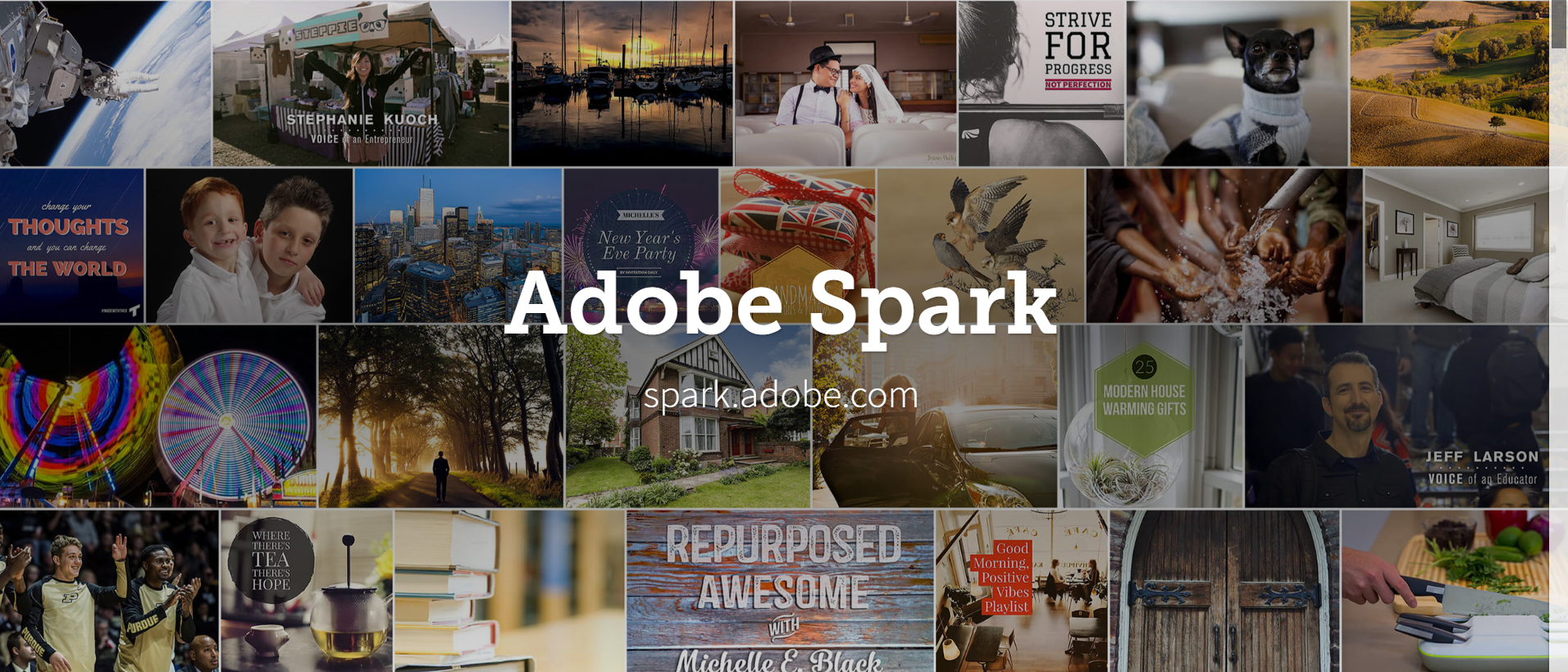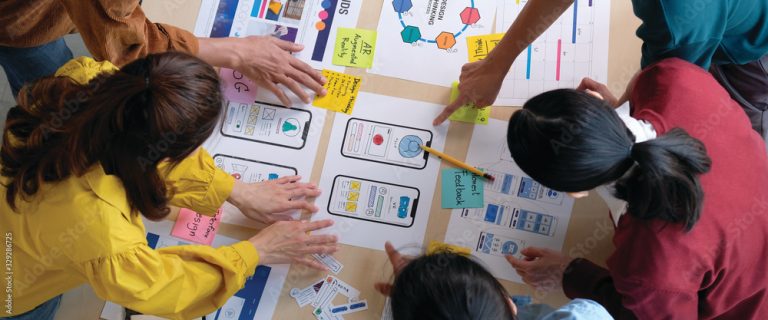DIY graphic design is possible for non-designers. Graphic design plays a crucial role in today’s digital world, where visual communication is paramount. From social media posts to marketing materials, having a grasp of graphic design can greatly enhance your ability to create visually appealing content. While professional graphic designers undergo extensive training and use sophisticated software, non-designers can still create impressive designs with the right tips and tools. In this guide, we’ll explore DIY graphic design tips and introduce some user-friendly tools for non-designers.
Understanding the Basics of Graphic Design
Table of Contents
Before diving into specific tips and tools, it’s essential to understand some basic principles of graphic design. These principles include:
Hierarchy: Organize elements in your design to guide the viewer’s eye. Use size, color, and placement to create a visual hierarchy that highlights the most important information.
Typography: Choose fonts that are easy to read and complement your design. Use different font sizes, weights, and styles to create contrast and emphasis.
Color Theory: Understand the psychology of colors and their meanings. Use colors strategically to evoke emotions and convey messages effectively.
Whitespace: Don’t overcrowd your design. Leave enough whitespace to create a balanced and harmonious composition.
Consistency: Maintain consistency in elements like fonts, colors, and styles across your designs to create a cohesive brand identity.
Tips for DIY Graphic Design
Now that we have a basic understanding of graphic design principles, let’s delve into some practical tips for non-designers:
Keep It Simple:
Avoid cluttering your design with unnecessary elements. Focus on conveying your message clearly and concisely.
Use High-Quality Images:
Invest in high-resolution images for your designs. Blurry or pixelated images can diminish the overall quality of your design.
Limit Fonts:
Stick to a maximum of two or three fonts per design. Using too many fonts can create confusion and make your design look unprofessional.
Contrast Is Key:
Create contrast between elements like text and background to improve readability. Use contrasting colors, sizes, or font styles to make important information stand out.
Balance Elements:
Achieve visual balance by distributing elements evenly throughout your design. Consider factors like symmetry, asymmetry, and the visual weight of each element.
Utilize Templates:
Take advantage of design templates available in graphic design tools. Templates provide a starting point and can help non-designers create polished designs quickly.
Seek Feedback:
Don’t hesitate to seek feedback from others, especially if you’re unsure about a design. Constructive criticism can help you improve and refine your designs.
Tools for DIY Graphic Design
Now, let’s explore some user-friendly tools that non-designers can use to create stunning graphics:
Canva:
Canva is a popular graphic design platform that offers a wide range of templates, graphics, and fonts. It’s intuitive and easy to use, making it ideal for non-designers.
Adobe Spark:
Adobe Spark provides tools for creating graphics, web pages, and videos. It’s user-friendly and offers templates that can be customized to suit your needs.
PicMonkey:
PicMonkey is another versatile graphic design tool that offers features like photo editing, design templates, and collage making. It’s great for creating social media graphics and marketing materials.
Snappa:
Snappa is designed for creating social media graphics, blog images, and other visual content. It offers a library of templates and graphics that can be customized with ease.
Crello:
Crello provides a range of design templates for social media, marketing, and advertising. It’s beginner-friendly and offers tools for creating professional-looking designs.
Stencil:
Stencil is a simple graphic design tool focused on creating social media graphics. It offers a library of images, icons, and templates for quick and easy design creation.
Conclusion
DIY graphic design is accessible to non-designers thanks to user-friendly tools and practical tips. By understanding basic design principles, keeping designs simple yet impactful, and utilizing tools like Canva, Adobe Spark, and others, non-designers can create visually appealing graphics for various purposes. With practice and experimentation, anyone can improve their graphic design skills and produce professional-looking designs.



